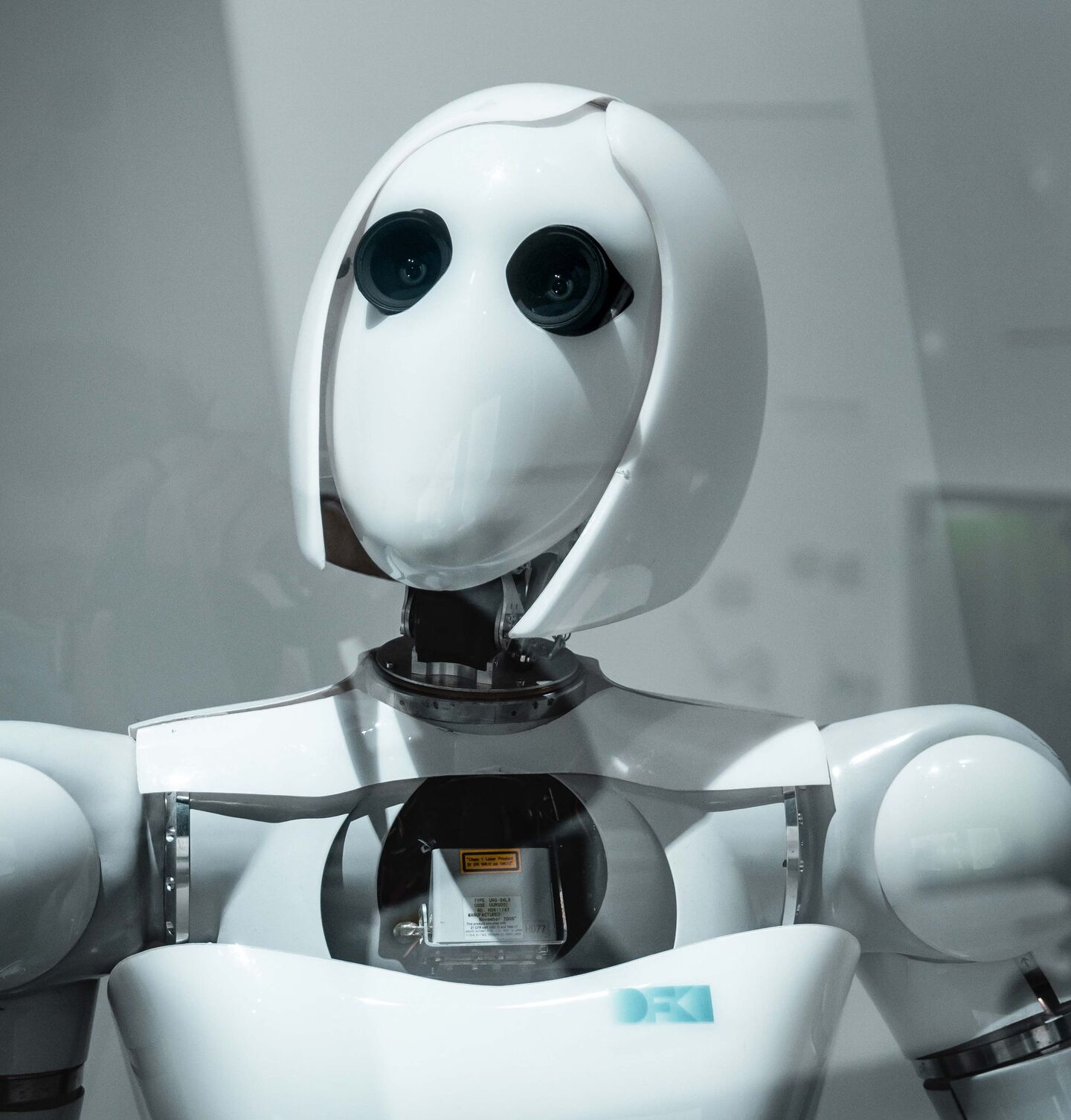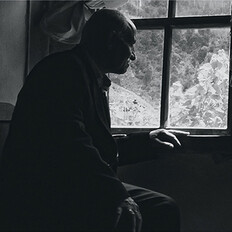This means that the development of a persona must be based on detailed considerations in order to design the user experience of users in such a way that they like to talk to their language assistant over and over again.
Not only do vocal characteristics have to be used, the choice of words, sentence structure and dialect also flow into this individual style.
The more concretely the picture of the persona as a whole is painted, the more tangible it becomes. Perhaps it then even formulates itself in its naturalness all by itself, because you can almost “already hear” it. The experience between the user and the language assistant becomes a more natural dialogue, always adapted to the respective context. The language assistant is perceived positively, accepted and a popular interlocutor.
Persona design is a step in the design of any voice user interface that should not be neglected and should precede the general design process. A comprehensive persona design is the key to the acceptance of the voice assistant.
Would you like to learn more about Voice Persona Design? Ask us.


